Which to Buy: 2017 Honda Civic Sedan or Hatchback?

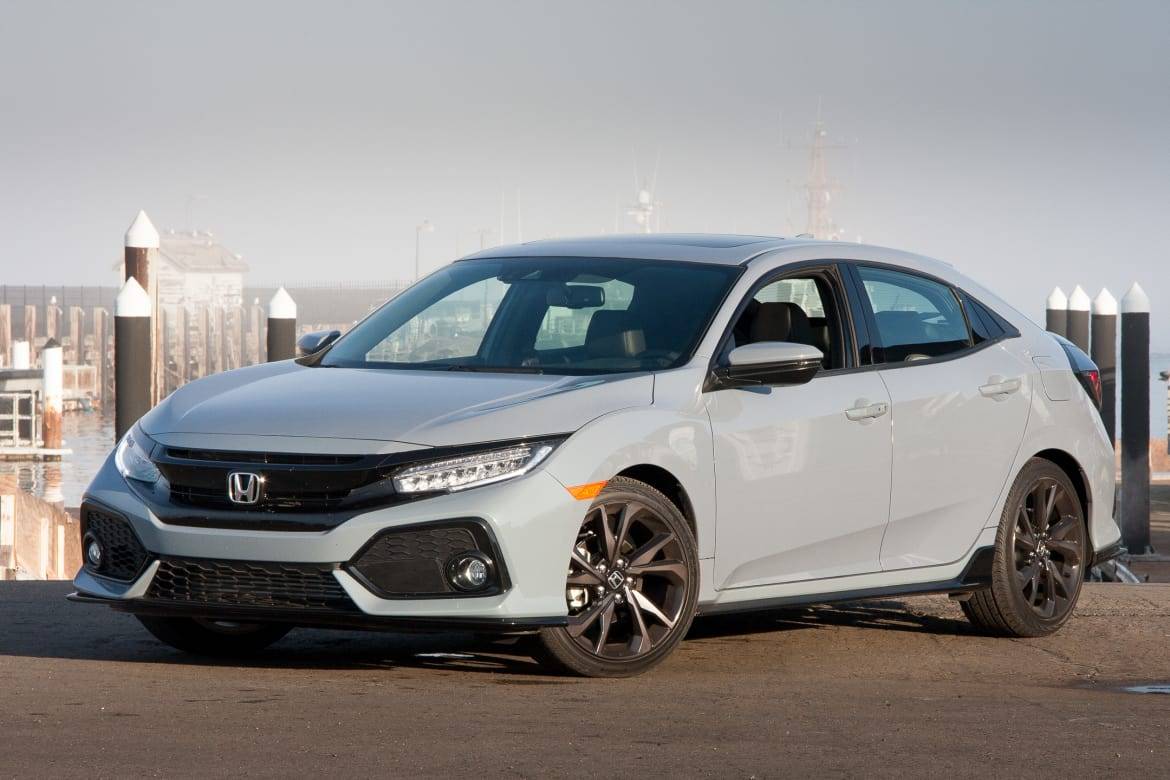
CARS.COM — Compact hatchbacks are making a comeback in the U.S., but will the body style popular in Europe sell well here? One of the latest compact sedans to offer an open-back choice is the Honda Civic. It competes against hatchback models of the Ford Focus, Chevrolet Cruze, Hyundai Elantra (the Elantra GT, Mazda3 and Subaru Impreza, as well as the hatch-only Volkswagen Golf. But how does the new Civic hatchback compare with the Civic sedan?
RELATED: 2018 Hyundai Elantra GT Review: First Impressions and Photo Gallery
We tested a Civic in the top trims: the Touring sedan and Sport Touring hatchback, as well as a mid-level EX sedan with the base engine. All were equipped with Honda Sensing, the brand’s sophisticated suite of electronic driving aids. It’s standard on the top trims and a $1,000 option on other trims — and you should get it. It’s oddly not available on the Honda Civic hatchback’s Sport trim, unlike the other Civics, so that’s a big mark against what is otherwise a bargain-price sporty hatch.
Looks
Honda has positioned the Civic hatchback as sportier and styled it so. Much of the sedan’s front-end chrome becomes shiny black on the hatch. Both models come off as low and wide with a sloping, coupe-like roof, but the hatch is about 4 inches shorter thanks to the rear end. To my eye, the hatchback proportions are trimmer, and it’s also easier to park — a factor if your home turf is urban.
But the sedan succeeds in presenting a more grown-up and upscale look. The hatch is busier, particularly in the rear — the top trim has not one but two rear spoilers. And the super-size “vents” in the hatch’s front and rear bumpers are so large that their plastic filler is obvious.
Still, both look good, just in different ways, so the choice depends on what fits your personal image. Check out the gallery below.
Winner: Tie
People Space
In the front, both give you the same room and clever storage spaces with the forward console and the console bin, along with available materials that are sportier in the hatch, more upscale in the sedan. On paper, the Civic hatchback’s backseat has slightly less headroom and about an inch less legroom; in practice, I could feel no difference for my 6-foot-2 frame, and both felt comfortable for two adults.
Winner: Tie
Cargo Space
This is where the sporty Honda Civic hatchback’s practical side shines. The sedan is no slacker, with a
15.1 cubic-foot trunk that rivals a mid-size sedan and a split-folding backseat (a 60/40 split in all but the base model) adds practicality. The car actually has slightly longer space with the seat down than you get in the hatch, but only for long, narrow or flat items. The hatch’s cargo area is just as wide, plus it’s open and high as well. Fold down the rear seat and you have room for bikes, antiques or Costco goodies. Or, says Honda, leave it up and you still can stow a jogging stroller without removing the tire.
The hatch’s sloping roof gives up some practicality to boxier rivals, such as the coming 2018 Elantra GT, but its clever cargo cover trumps others. Hiding the cargo area is a concern in any hatchback vehicle, and Honda built a better mousetrap with the Civic hatch’s side-mounted, removable pull shade. It moves quickly out of the way when you need the room without requiring you to fumble in removing and then finding space to stow a hard cover or the big cylinder of a traditional, cross-mounted pull shade. See it below in the gallery. More automakers should copy this design.
Winner: Hatchback
Fun to Drive
Neither is a sports car, and the sedan is not bad to drive (and nimbler than most SUVs), but the Civic hatchback drives as sporty as it looks. The hatch is built for the U.S. in Britain and arrives with Europe-derived suspension and steering tuning. It is noticeably more agile and more composed on the road than the sedan. The steering takes a bit more effort than the sedan but feels more positive.
And under the hood, all Honda Civic hatchback models get the turbocharged 1.5-liter four cylinder. It puts out 174 horsepower and 162 pounds-feet of torque (180 hp and 177 pounds-feet in the Sport and Sport Touring trims). The sedan’s LX and EX trims still make do with the 158 hp, 2.0-liter base engine that puts out 138 pounds-feet of torque.
Noise levels seem the same, but the 18-inch wheel-and-tire combination on the hatch (Sport and Sport Touring) brought down ride quality a bit from the sedan, so check that out if you are considering those models.
Winner: Hatchback
Price
This will be the biggest difference for a lot of shoppers. The Honda Civic hatchback price premium ranges from $960 for base LX models to $1,560 on an EX to $1,700 for the top trims on each. That could be about $16 to $30 more each month on a 60-month loan at typical rates today.
On the LX and EX Civic hatchbacks, however, you also get the more satisfying 1.5-liter turbo rather than the sedan’s base 2.0-liter. That alone justifies a portion of the premium, hatchback body style aside. On the top trims (Touring on the sedan, Sport Touring on the hatch) the hatch also gives you 6 hp more from the turbo engine, 18-inch versus 17-inch wheels with bigger, grippier tires, and paddle shifters, among other sportier touches.
Honda’s hatchback premiums are comparable to those for hatch versions of most rival compacts, though Subaru is an exception at $500 extra to get the hatch on any Impreza trim.
You’ll also pay a little more to keep the hatchback fed, though not the premium you’d pay for driving an SUV. The Civic sedan with the turbo and automatic is EPA-rated 32/42/36 mpg city/highway/combined, while the hatchback is rated 31/40/34 mpg (30/36/32 mpg for the Sport trim). A front-wheel-drive, 1.5-liter CR-V, however, comes in at 28/34/30 mpg. Honda also recommends — but does not require – premium fuel for the Sport and Sport Touring. Compare them here.
Winner: Sedan
Conclusion
It’s the hatchback by a nose, but full disclosure, I’m a hatchback fan. Only you can decide if the hatchback’s strengths are worth the extra money. For most buyers, the hatchback should at least get a look. It’s also worth a look for shoppers who came in thinking about a Honda HR-V or CR-V SUV but don’t need all-wheel drive. In this case, you could save some money up front and more down the road at the gas pump.
If you do come away with the higher-priced hatch model because it’s sportier and more fun to drive, you don’t have to tell anyone you also got the practical Civic.

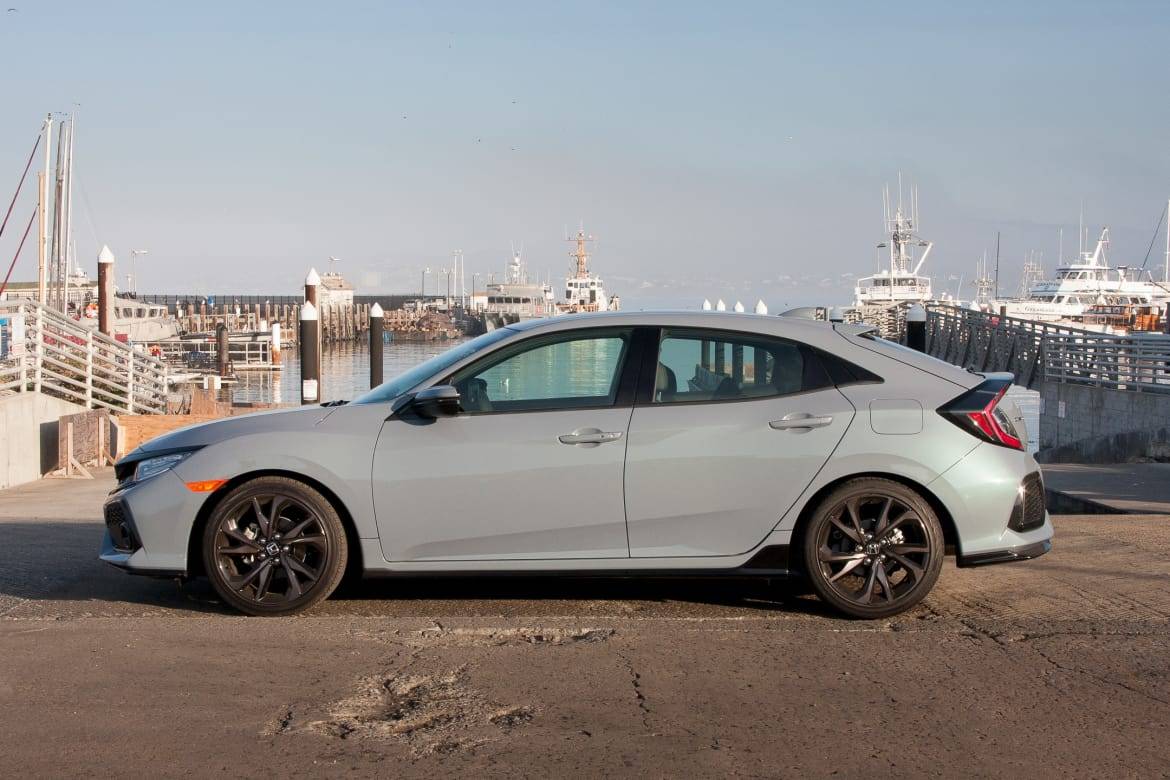
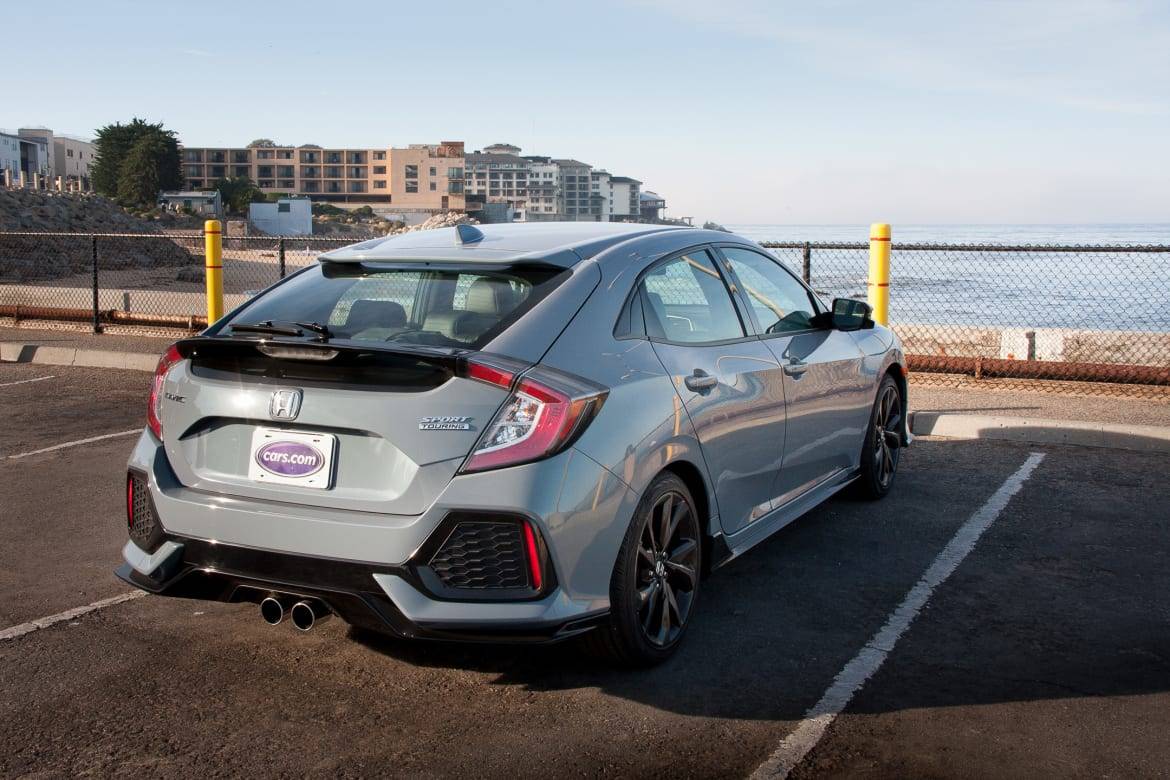
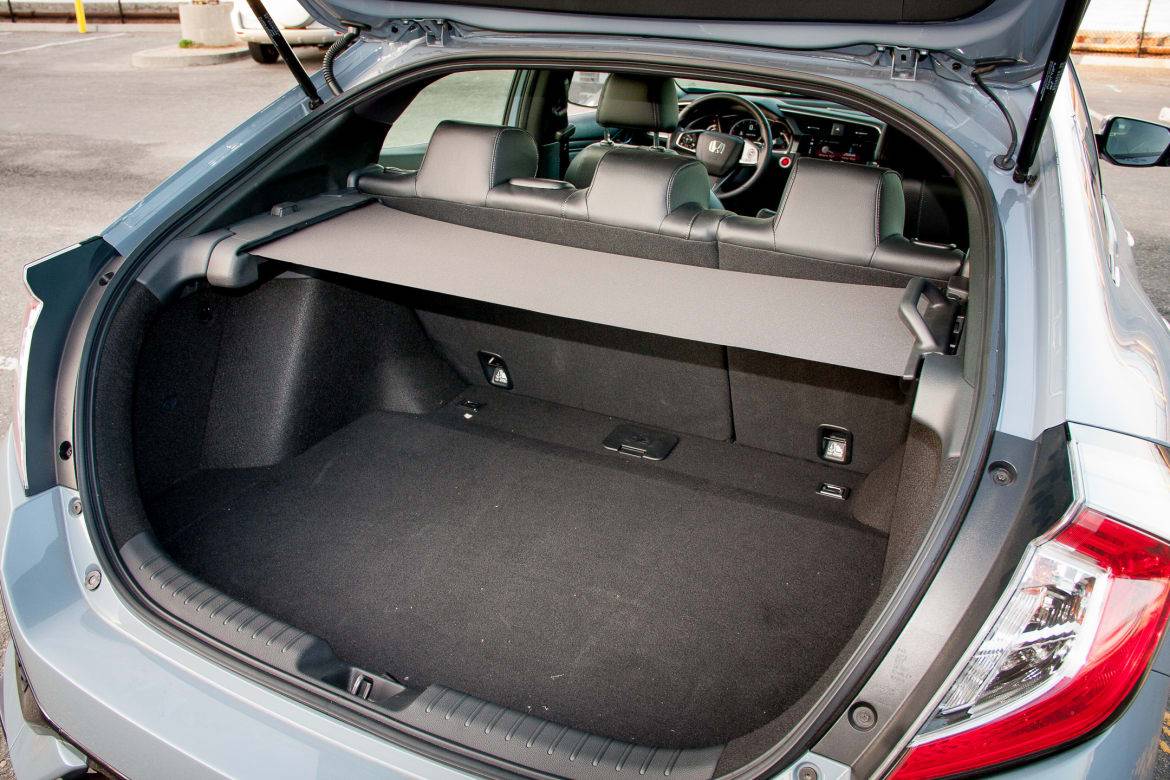
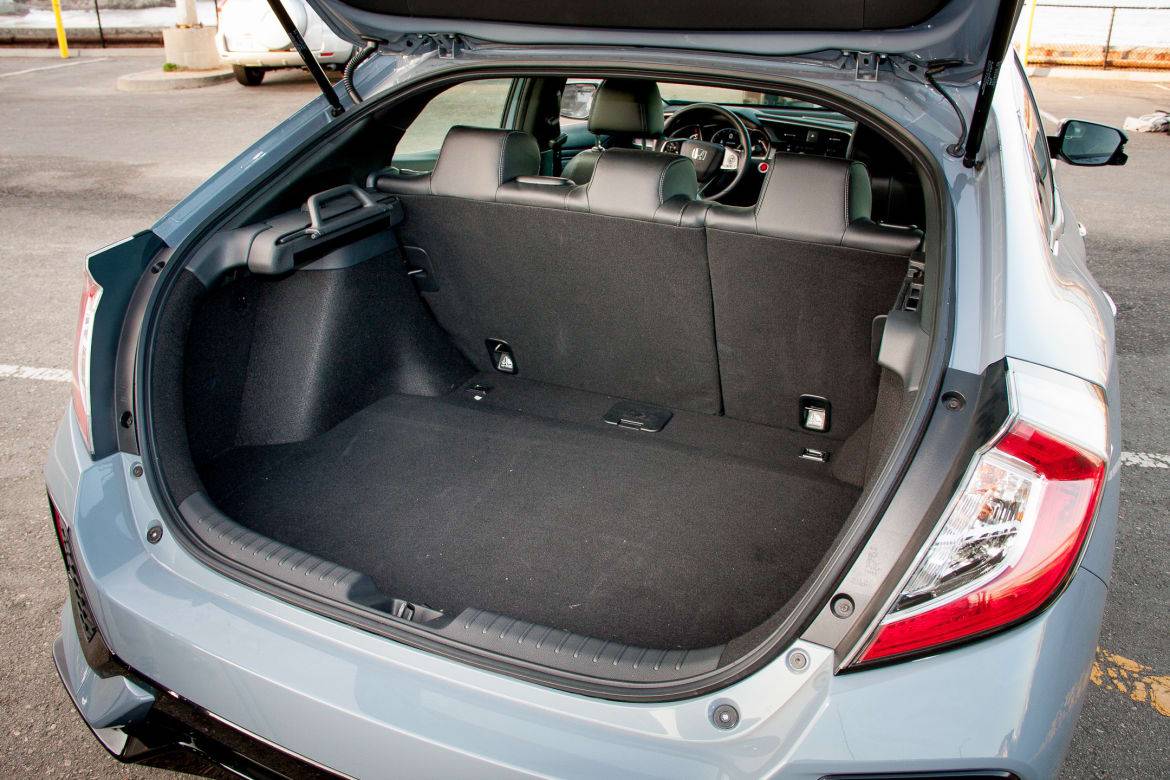
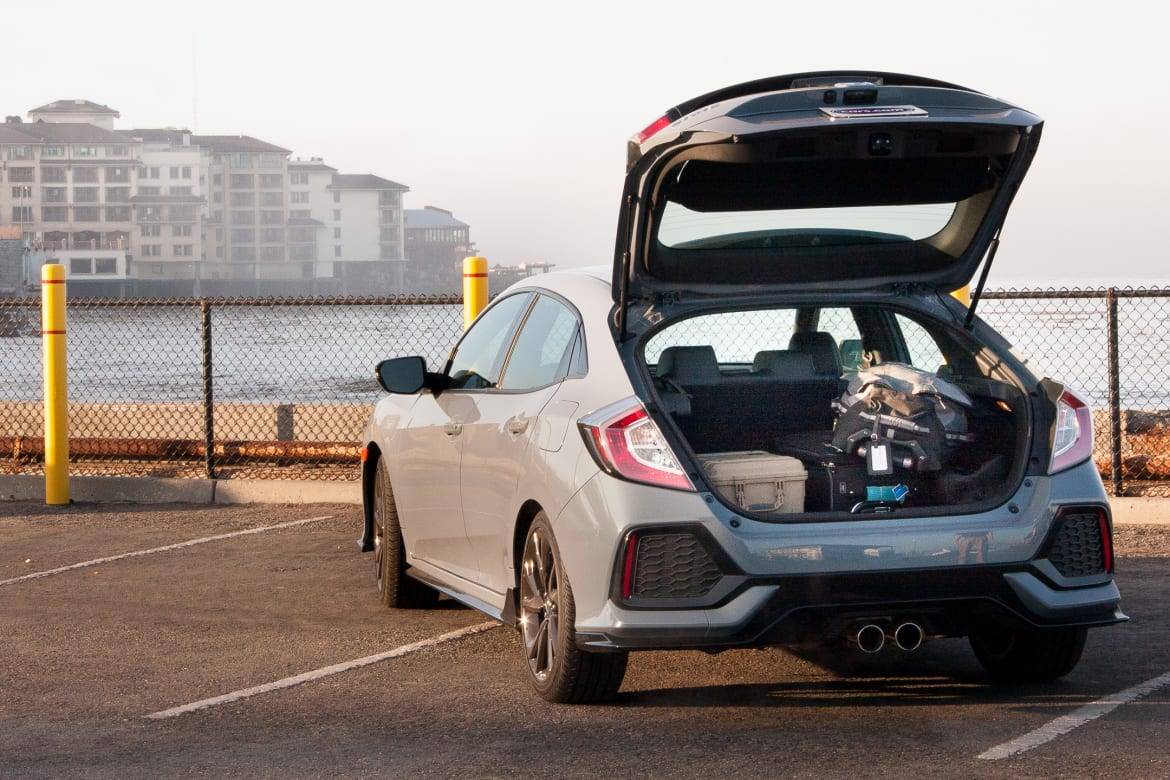

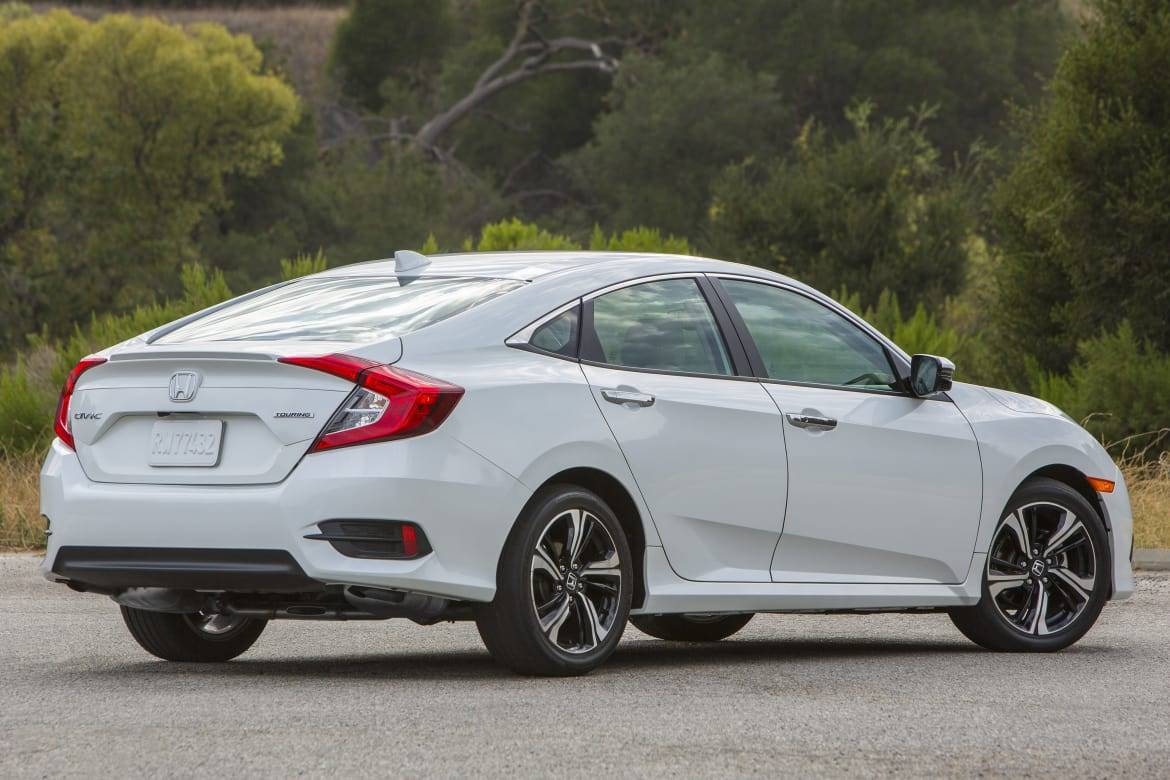
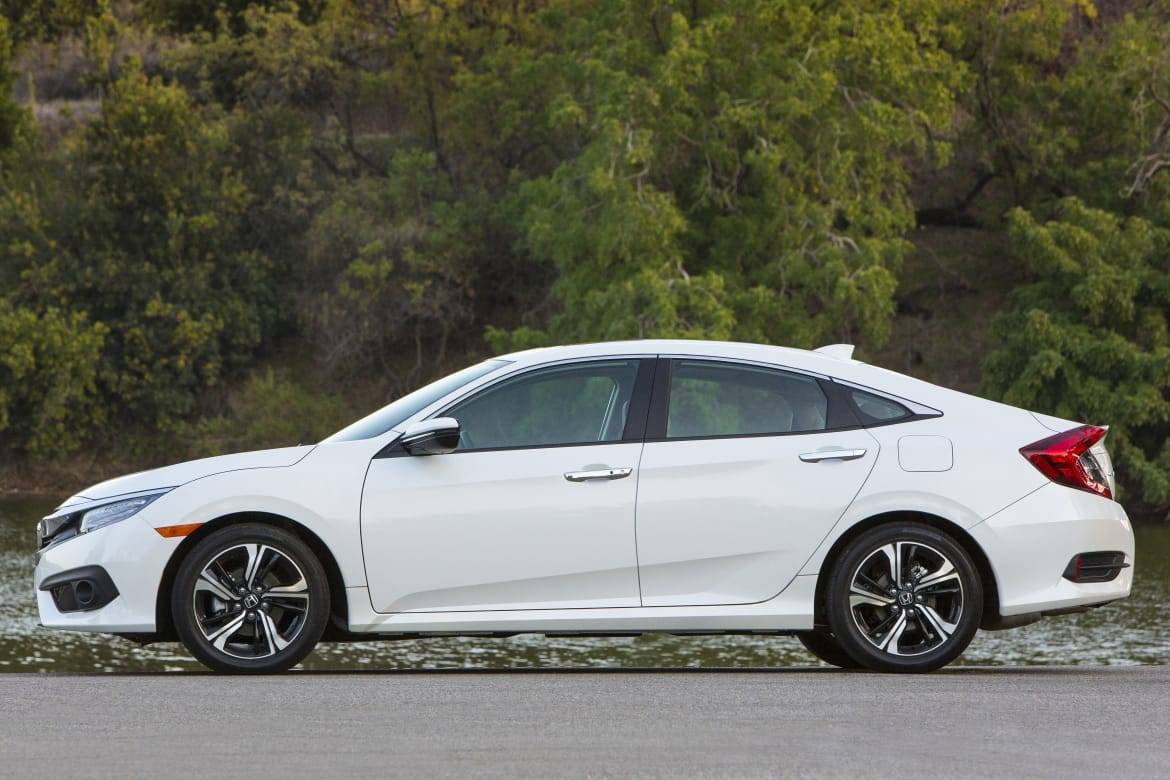














Former D.C. Bureau Chief Fred Meier, who lives every day with Washington gridlock, has an un-American love of small wagons and hatchbacks.
Featured stories















